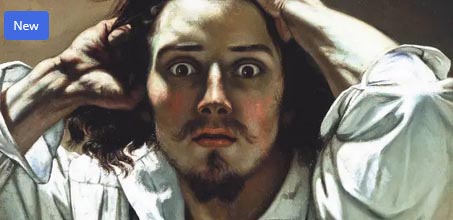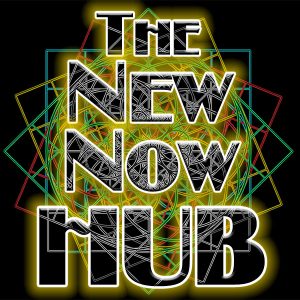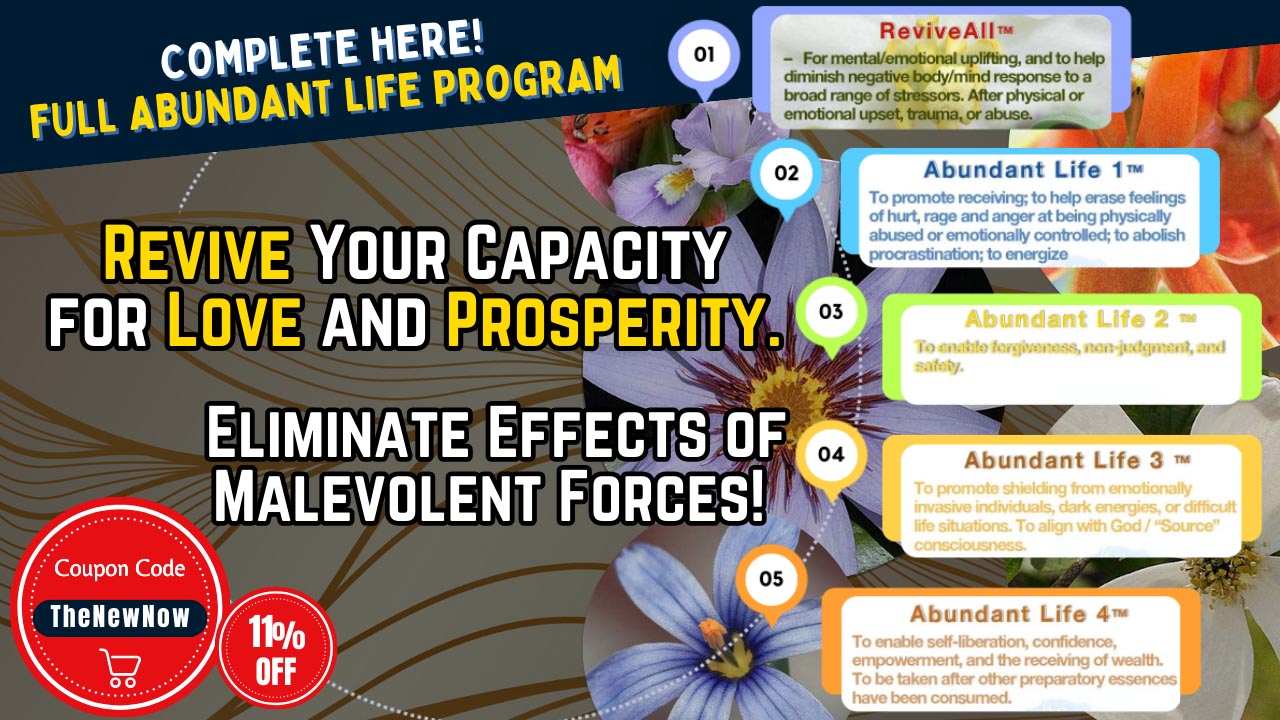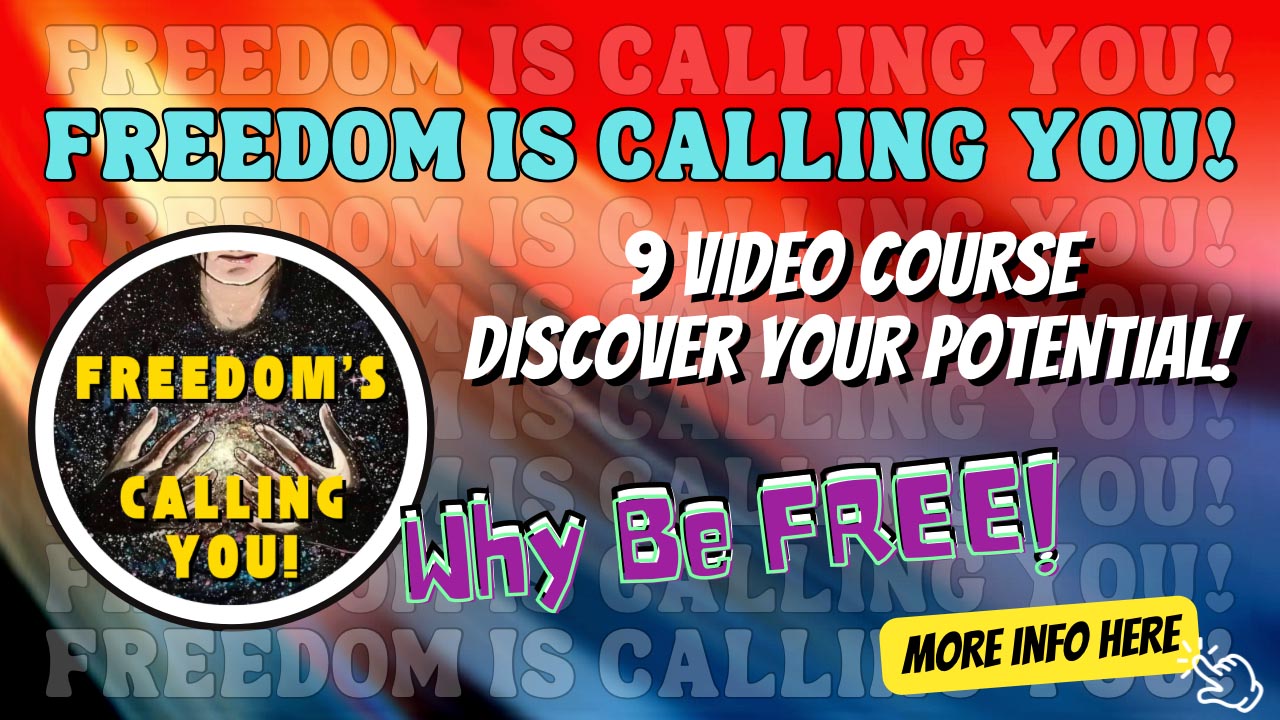Why an Unhealthy Mind creates an Unhealthy Body
The following is a transcript of this video.
“The great majority of us are required to live a life of constant, systematic duplicity. Your health is bound to be affected if, day after day, you say the opposite of what you feel, if you grovel before what you dislike and rejoice at what brings you nothing but misfortune. Our nervous system isn’t just a fiction, it’s part of our physical body . . .It can’t be forever violated with impunity.”
Boris Pasternak, Doctor Zhivago
Chronic health problems sap the joy from life. Whether suffering from a serious condition like cancer or heart disease or from ailments of a body subjected to years of stress, to live a vibrant life, we must heal the body. In this two-part video series, we explore how our mindset, and the state of our character, can make us sick, but also heal us. In this first video we explore how negative thought patterns, unresolved emotional states, stress, and trauma, can lead to disease, illness, and even premature death.
“I’ve come to believe that virtually all illness, if not psychosomatic in foundation, has a definite psychosomatic component.”
Candace Pert, Molecules of Emotion
Most of us intuitively recognize that there exists a tight coupling between body and mind. So intimate is the relationship that it may be better to view the mind and body as two-sides of the same coin, or as a unitary phenomenon, rather than as two separate entities. Or as Carl Jung wrote:
“The distinction between mind and body is an artificial dichotomy. . .In fact, so intimate is the intermingling of bodily and psychic traits that not only can we draw far-reaching inferences as to the constitution of the psyche from the constitution of the body, but we can also infer from psychic peculiarities the corresponding bodily characteristics.”
Carl Jung, Psychological Types
Most of us also recognize that the state of our mind can influence the health or sickness of our body. For example, it is well known that high levels of stress inhibit the immune system and increase the likelihood of sickness, and that excessive anxiety disrupts the functioning of the gut. While the mind-body connection is so obvious that to deny it is to defy common sense, the mainstream medical industry tends to overlook its influence. Doctors rarely consider to what degree an individual’s sickness is a result of disturbances of mind or character, and through such ignorance the medical establishment blinds itself to preventative and curative measures.
“There is nothing novel about the notion of the mind and body being intricately linked;” wrote the physician and author Gabor Mate “if anything, what is new is the belief, tacitly held and overtly enacted by many well-meaning doctors, that they are separable.”
While the mainstream medical industry, and the scientific establishment at large, devote far more time and resources to studying how our biology and chemistry lead to the onset of disease, there is a large and growing body of research that reveals the role the mind plays in generating and perpetuating sickness. For example, there is research on the nocebo effect, which is the opposite of the well-known placebo effect. The placebo effect occurs when a person’s health improves after taking an inert substance, such as a sugar pill, or undergoing a non-therapeutic treatment. Improvement in these cases, is often attributed to the mistaken, but beneficial belief, that the placebo has healing properties. Conversely, the nocebo effect occurs when negative expectations or beliefs induce a negative health outcome. Or as the medical doctor Lissa Rankin writes in Mind Over Medicine:
“The more you focus on the infinite ways in which the body can break down, the more likely you are to experience physical symptoms. Scientists call this phenomenon the nocebo effect.”
Lissa Rankin, Mind over Medicine
Voodoo death is an ancient analogue of the nocebo effect and occurs in cultures with a strong belief in the power of curses and spells. In such cultures, when a powerful individual, such as a shaman, curses someone the intense fear and distress this evokes in the cursed individual can lead to a rapid death. Herbert Basedow describes a case of voodoo death among the Aboriginal peoples of Australia:
“A man who realizes that he is being pointed out with the magic bone makes a pitiful impression. He is perplexed, his eyes staring at the dreaded bone, he stretches out his hands as if to stave off a deadly force that seeks to penetrate his body. His face turns white and his eyes become glassy, the expression on his face is hideously distorted, like a person suddenly paralyzed. . .After a while, he recovers somewhat and crawls to his cabin. From then on, he withers away and becomes increasingly ill, refusing to eat and taking no part in any of the tribe’s daily activities. Unless there is another shaman to undo the curse, he will die within a short period of time.”
Henri Ellenberger, The Discovery of the Unconscious
While voodoo deaths do not occur in the modern West, there is a related phenomenon the medical doctor Andrew Weil in his book Spontaneous Healing calls medical hexing. Medical hexing occurs when an individual diagnosed with a serious illness, is presented with grim statistics of survival, suggesting they only have so many weeks, months, or years to live. After being presented with this information many people will go on to die “on schedule”. Medical hexing is not simply a case of a terminal illness running its natural course. Instead, it points to the ability of the mind to influence matters of life or death. For there are cases of individuals who are misdiagnosed with a terminal illness, but who still die in line with the prognostic schedule presented to them, or as Lissa Rankin writes:
“The literature shows that patients believed to be terminal who are mistakenly informed that they have only a few months to live have died within their given time frame, even when autopsy findings reveal no physiological explanation for the early death.”
Lissa Rankin, Mind over Medicine
The cardiologist Herbert Benson notes that many surgeons possess an intuitive sense of the power of thoughts and expectations on matters of life and death, or as he said in an interview to The Washington Post:
“Surgeons are wary of people who are convinced that they will die. There are examples of studies done on people undergoing surgery who almost want to die to re-contact a loved one. Close to 100 percent of people under those circumstances die.”
Brian Reid, “The Nocebo Effect: Placebo’s Evil Twin,” The Washington Post, April 30, 2002
Our mindset and the overall state of our character also contributes to the onset and progression of chronic disease. In the book The Myth of Normal, Mate explores how chronic stress, maladaptive forms of emotional processing, and trauma elevate the risk for cancer, heart disease, autoimmune diseases, and other chronic ailments.
“Stress can show up in two forms:” writes Mate “as an immediate reaction to a threat or as a prolonged state induced by external pressures or internal emotional factors. While acute stress is a necessary reaction that helps maintain our physical and mental integrity, chronic stress, ongoing and unrelieved, undermines both.”
While we all experience the hardships, adversities, and challenges that trigger acute stress, chronic stress is typically a product of our character and mindset. Chronic stress, in other words, arises not merely from what happens to us, but also from how we react to the challenges we face. Courage, resilience, the seeking of wisdom and self-knowledge, and habits which elicit the relaxation response, all decrease the chance of being caught in the web of chronic stress. On the other hand, a lack of these character traits and habits increases our chance of being chronically stressed out, which primes our body for all sorts of illness, or as Mate writes:
“Over the long term, such a hormonal surplus [as caused by chronic stress]. . . can make us anxious or depressed; suppress immunity; promote inflammation; narrow blood vessels, promoting vascular disease throughout the body; encourage cancer growth; thin the bones; make us resistant to our own insulin, inducing diabetes; contribute to abdominal obesity, elevating the risk of cardiovascular and metabolic problems; impair essential cognitive and emotional circuits in the brain; and elevate blood pressure and increase blood clotting, raising the risk of heart attacks or strokes.”
How we relate to the so-called negative emotions of sadness, depression, anger, guilt, fear, and shame, is another key pathway modulating the influence of the mind on chronic disease. The healthy manner of approach to a negative emotion is to permit the expression of the emotion, to process it, but then to make whatever life changes are necessary to prevent these emotions from becoming chronic. The unhealthy approach is to supress, repress, or numb ourselves to the existence of the negative emotion, and to fail to make the changes required to prevent the emotional state from continually recurring long after the initial triggering event. Those who adopt the unhealthy approach greatly increase their risk of developing a chronic disease.
In The Myth of Normal Mate examines a wealth of scientific studies which reveal the danger of adopting a maladaptive relationship to our emotions. For example, a study at King’s College Hospital in London found “. . .that women with cancerous breast lumps characteristically exhibited “extreme suppression of anger and of other feelings” in “a significantly higher proportion” than the control group, which was made up of women admitted for biopsy at the same time but found to have benign breast tumors.” (Gabor Maté, The Myth of Normal) Studies on rheumatoid arthritis have discovered that “rheumatoid arthritis–prone individuals [display] an array of self-abnegating traits: a “compulsive and self-sacrificing doing for others, suppression of anger, and excessive concern about social acceptability.”” (Gabor Maté, The Myth of Normal)
Trauma is another factor that influences the development of chronic disease. The mechanism through which this occurs is the internal changes that result from the traumatic event, for as Mate notes “trauma is about what happens inside us, and how those effects persist. . .” Trauma leads to the mental agony of fear, guilt, shame, depression, and self-hate, and these mental states wreak havoc on the body. For example, Mate points to a study performed at the University of Toronto that revealed that men who had experienced a serious trauma as children were three times more likely to die from a heart attack and this was after normalizing for other contributing factors like alcohol or drug addictions.
“No matter how sophisticated our minds may be, the fact remains that their basic contents—what we think, believe consciously or unconsciously, feel or are prevented from feeling—powerfully affect our bodies, for better or worse.”
Recognizing the role that our mind, and the overall state of our character, plays in the onset of sickness, is not to cast blame on those who develop a chronic disease. Most people do not voluntarily adopt a mindset that predisposes them to illness and often it is events from infancy and childhood, that are far beyond one’s control, that set the stage for future suffering. What recognition of the influence of mind on body should do, is empower us. For just as the mind can make us sick, it can also heal us, and in part two of this series we explore the body’s natural capacity to heal and look at how it is influenced by our mindset and the state of our character.
“What if the key to health isn’t just eating a nutritious diet, exercising daily, maintaining a healthy weight, getting eight hours of sleep, taking your vitamins, balancing your hormones, or seeing your doctor for regular checkups?” writes Lissa Rankin. “Certainly, these are all important, even critical, factors to optimizing your health. But what if something else is even more important? What if you have the power to heal your body just by changing how your mind thinks, your heart feels, and your life force flows?”
Lissa Rankin, Mind over Medicine
Art Used in this Video



 academyofideas.com
academyofideas.com
















